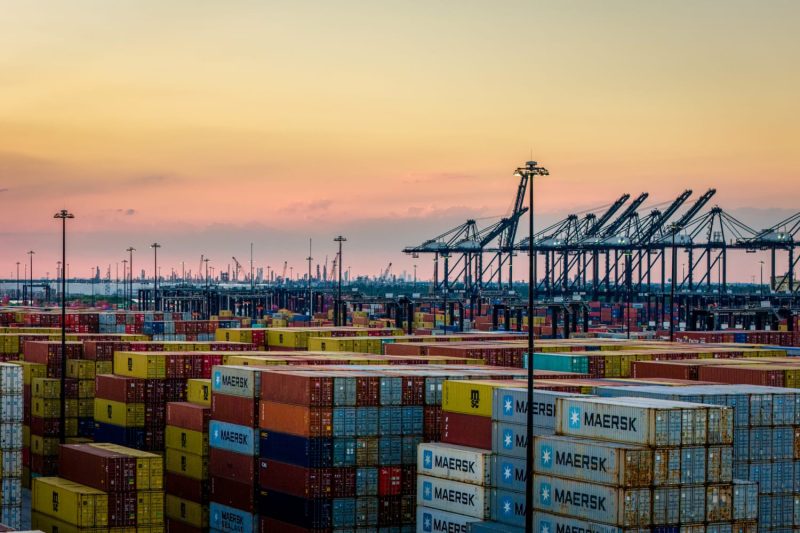The recent announcement of a potential major maritime strike is sending shockwaves through ports along the East Coast of the United States. With workers threatening to walk out in protest of unsafe working conditions and unfair labor practices, the implications of such a strike could be far-reaching and could have significant economic consequences for the region.
One of the key concerns driving the workers to consider striking is the issue of safety. Reports have highlighted numerous incidents of accidents and near misses due to inadequate safety protocols and equipment. Workers have raised alarms about the lack of proper training, faulty machinery, and a general disregard for their well-being while on the job.
The ongoing battle over fair wages and benefits is another major point of contention between the workers and their employers. Many employees feel that they are not adequately compensated for the long hours and strenuous work they put in at the ports. With the cost of living on the rise, workers are demanding better pay and benefits to ensure they can support themselves and their families.
Furthermore, there have been allegations of unfair labor practices, including intimidation and retaliation by management against workers who speak out about these issues. This has only served to further fuel the discontent among the workforce and strengthen their resolve to take a stand against such treatment.
If the strike were to proceed as threatened, the impact on ports along the East Coast could be severe. Disruption to the flow of goods and cargo through these ports could cause delays in supply chains, leading to shortages of essential products and increased costs for businesses and consumers alike. The economic ripple effect could be felt not only locally but also nationally and even globally, considering the significance of these ports in international trade.
In response to these grievances and the looming threat of a strike, negotiations are underway between the workers’ representatives and port authorities. Both sides are under pressure to find a mutually agreeable resolution that addresses the workers’ concerns while also ensuring the smooth operation of the ports.
The outcome of these negotiations remains uncertain, and the specter of a major maritime strike continues to loom large over the East Coast ports. As stakeholders on all sides work to find common ground and avert a potentially disastrous scenario, the need for improved safety measures, fair compensation, and respectful labor practices in the maritime industry has never been more urgent. The resolution of this dispute will not only shape the future of labor relations in the region but also test the resilience and adaptability of the East Coast’s vital port infrastructure in the face of adversity.
